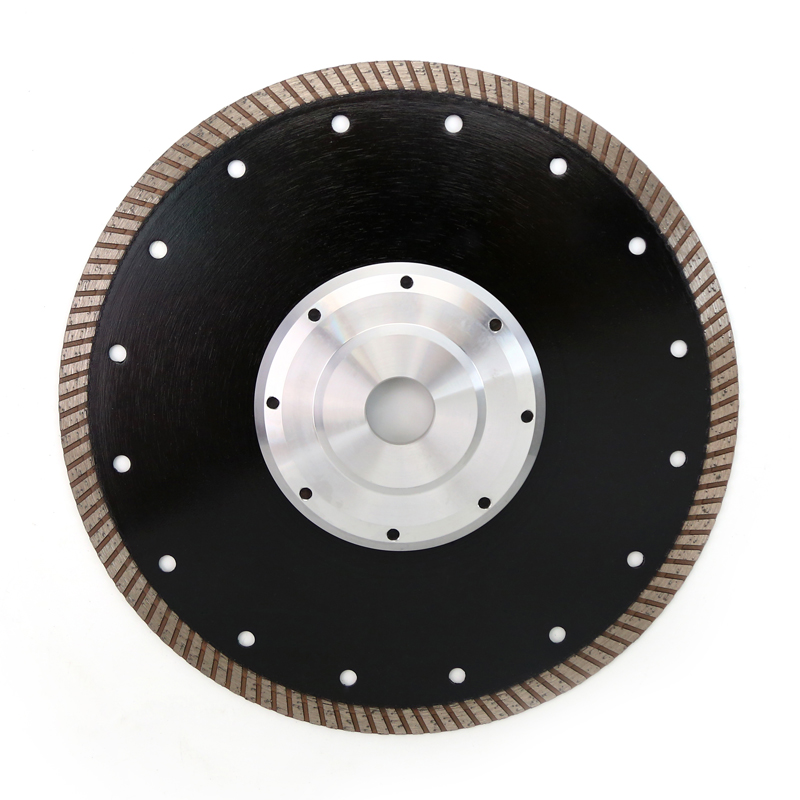- Automobiles & Motorcycles
- Beauty & Personal Care
- Business Services
- Chemicals
- Construction & Real Estate
- Consumer Electronics
- Electrical Equipment & Supplies
- Electronic Components & Supplies
- Energy
- Environment
- Excess Inventory
- Fashion Accessories
- Food & Beverage
- Furniture
- Gifts & Crafts
- Hardware
- Health & Medical
- Home & Garden
- Home Appliances
- Lights & Lighting
- Luggage, Bags & Cases
- Machinery
- Measurement & Analysis Instruments
- Mechanical Parts & Fabrication Services
- Minerals & Metallurgy
- Office & School Supplies
- Packaging & Printing
- Rubber & Plastics
- Security & Protection
- Service Equipment
- Shoes & Accessories
- Sports & Entertainment
- Telecommunications
- Textiles & Leather Products
- Timepieces, Jewelry, Eyewear
- Tools
- Toys & Hobbies
- Transportation
Unleashing the Cutting Power: Choosing the Perfect Saw Blade for Your Woodworking Needs
Introduction: Woodworking is a craft that requires precision, skill, and the right tools. Among the essential tools in any woodworker's arsenal is a high-quality saw blade. A saw blade is the workhorse of your cutting operations, influencing the accuracy, smoothness, and efficiency of your cuts. In this article, we will delve into the world of saw blades, exploring their various types, features, and benefits, helping you make an informed choice when selecting the perfect saw blade for your woodworking projects.
Blade Types for Different Applications: Saw blades come in a variety of types, each designed to excel in specific cutting applications. Understanding these blade types and their unique features is crucial for achieving the desired results.
a. Rip Blades: Rip blades have a lower tooth count and larger gullets, making them ideal for fast and efficient ripping cuts along the wood grain. They excel in cutting through thick stock quickly, making them a staple for rough cuts and dimensional lumber.
b. Crosscut Blades: Crosscut blades have a higher tooth count and finer teeth, optimized for making precise cuts across the wood grain. They produce clean, splinter-free cuts and are perfect for tasks that require smooth edges and tight joinery.

c. Combination Blades: Combination blades are versatile options that combine elements of rip and crosscut blades. They typically have a medium tooth count, striking a balance between speed and finish quality. Combination blades are suitable for general-purpose woodworking and can handle a wide range of cutting tasks.
d. Dado Blades: Dado blades are specialty blades used for making grooves and dado cuts. They consist of two outer blades and multiple chippers, allowing for the creation of different-sized grooves. Dado blades are invaluable for joinery, cabinetry, and any project that requires precise dado or groove cuts.
Tooth Configuration and Geometry: The tooth configuration and geometry play a vital role in the cutting performance of a saw blade. Understanding these factors will help you choose the right blade for your specific woodworking needs.
a. Flat-Top Grind (FTG): FTG blades have square-shaped teeth with flat tops, providing aggressive cutting action. They are excellent for ripping through hardwoods, softwoods, and other materials where speed and chip removal are crucial.
b. Alternate Top Bevel (ATB): ATB blades have alternating beveled teeth, forming a "V" shape. They provide clean and precise crosscuts and are suitable for cutting plywood, veneer, and other materials prone to chipping.
c. Triple Chip Grind (TCG): TCG blades have a combination of flat-top teeth and beveled teeth, with a chamfered third tooth. They are specifically designed for cutting hard materials like laminate, MDF, and non-ferrous metals. TCG blades provide excellent durability and resistance to wear.
Blade Materials: The choice of blade material significantly affects its cutting performance and longevity. The most common materials used in saw blades are:
a. High-Speed Steel (HSS): HSS blades are affordable and versatile options suitable for general-purpose cutting. They can handle various woodworking tasks and are relatively easy to sharpen.
b. Carbide-Tipped (CT): CT blades feature carbide teeth, which offer superior hardness and longevity. They are excellent for cutting hardwoods, plywood, and other abrasive materials. CT blades retain their sharpness for a longer duration, reducing the need for frequent sharpening.
c. Diamond-Tipped: Diamond-tipped blades are incredibly durable and designed for cutting extremely hard materials like tile, stone, or ceramics. They offer exceptional cutting performance but are specialized blades used in specific applications.
Blade Size and Arbor Compatibility: When choosing a saw blade, it is essential to consider the blade size and its compatibility with your saw's arbor. The blade diameter and arbor size should match to ensure a secure fit and safe operation. Common blade sizes range from 7 ¼ inches to 12 inches, with varying arbor hole sizes to accommodate different saw types.
Conclusion: A saw blade is an indispensable tool in any woodworker's workshop, significantly impacting the quality, accuracy, and efficiency of their cuts. By understanding the different types of blades, tooth configurations, materials, and their applications, you can make an informed decision when selecting the ideal saw blade for your woodworking projects. Whether you're aiming for fast ripping cuts, precise crosscuts, or specialty grooves, choosing the right saw blade will unleash the cutting power you need to achieve outstanding results in your woodworking endeavors.
Next
None
If you are interested in sending in a Guest Blogger Submission,welcome to write for us!




Comments
2